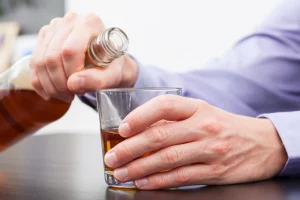
If you choose moderation, you’ll probably be asked to attend further counselling sessions so your progress can be assessed, and further treatment and advice can be provided if needed. Make your tax-deductible gift and be a part of the cutting-edge research and care that’s changing medicine. If you’re thinking about suicide, are worried about a friend or loved one, or would like emotional support, the Lifeline network is available 24/7 across the United States. You will want to understand what will be asked of you in order to decide what treatment best suits your needs.
How medication can help
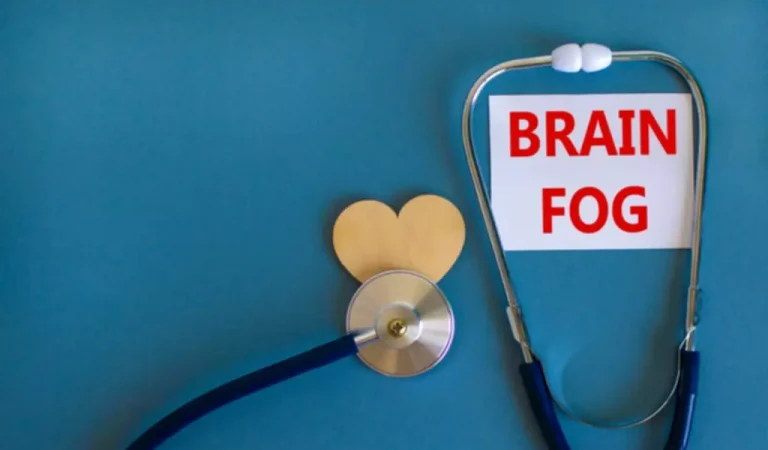
Combined with treatment led by how to reduce alcohol cravings health care providers, mutual-support groups can offer a valuable added layer of support. Making the decision to cut back on your drinking, or stop drinking entirely, is a really positive step towards a much healthier lifestyle. However, reducing your alcohol intake can lead to cravings for alcohol. These can be quite intense and powerful, especially if you’re in the early days of your recovery from addiction.
Autism and learning disability
Focus on https://ecosoberhouse.com/article/ketamine-addiction-symptoms-effects-and-treatment/ what you are doing, like having coffee with a friend, instead of what you’re not doing, like going to a bar. Meditation and similar activities can reduce stress,8 helping you manage alcohol cravings. Studies show that mindfulness can even reduce the amount you drink.9 These activities promote self-acceptance and a sense of calm. When you accept that even intense cravings are temporary, waiting for them to pass might get a little easier. By the time you leave rehab, you’ll have plenty of practice responding to triggers. And over time, as you continue to stay sober, you’ll develop more confidence in your ability to manage cravings.
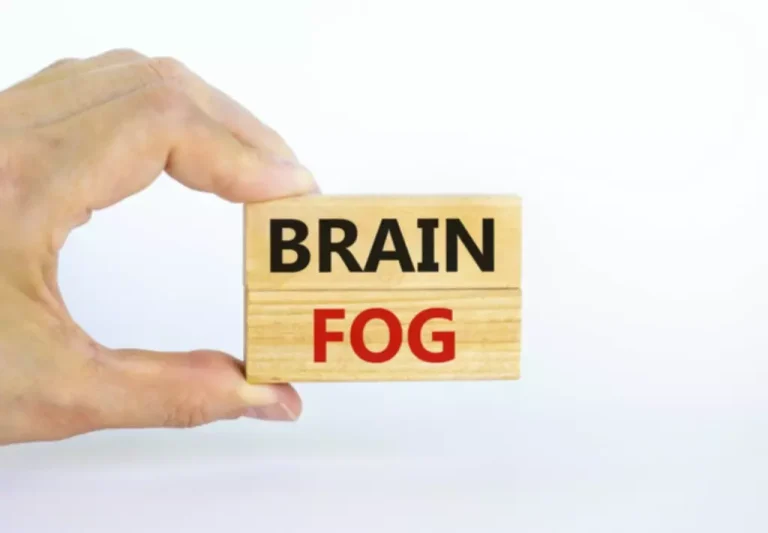
Need Help from Professionals to Manage Alcohol Cravings?
But in some alcoholics, withdrawal is not just unpleasant—it can be life threatening. Write your drinking goal down and keep it where you will frequently see it, such as on your phone or taped to your refrigerator. If your goal is to reduce your drinking, decide which days you will drink alcohol and how many drinks you will allow yourself per day.
- These findings make baclofen an essential drug for the management of AUDs.
- Cumulative abstinent duration (in days) was calculated for each week.
- Express your concerns in a caring way and encourage your friend or family member to get help.
- For many, continued follow-up with a treatment provider is critical for overcoming alcohol problems.
Professional Support and Treatment
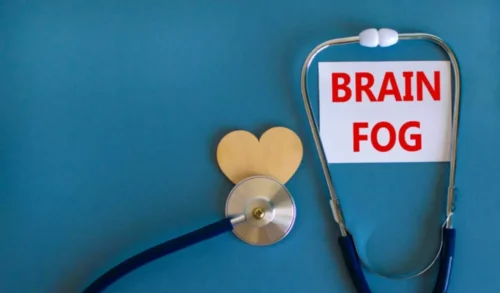
Try to commit to at least two days each week when you won’t drink at all. Navigating alcohol cravings is certainly challenging, but remember, there’s strength in numbers. Both professional support groups and personal networks play intrinsic roles in recovery. They anchor positivity, resilience, and practical coping mechanisms.
If you’ve become dependent on alcohol, cutting it out of your life may produce withdrawal symptoms, such as a rapid heartbeat, high blood pressure, sweating and shaking. Psychological symptoms can include irritability, anxiety and restlessness. Medical experts now use the term “alcohol use disorder” rather than “alcohol abuse” to address the concern of excessive drinking.
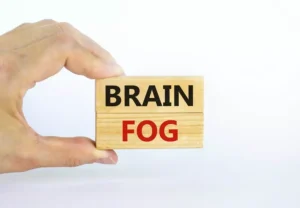
Health Alerts from Harvard Medical School
The National Institute on Alcohol Abuse and Alcoholism (NIAAA) defines alcohol cravings as “a strong desire or sense of compulsion” to drink. Cravings may also include intense, frequently occurring thoughts about alcohol. Mental health professionals can also help treat alcohol use disorder (AUD). AUD is a condition that occurs when a person has a physical need or desire to consume alcohol that is difficult to control. Just because a person experiences cravings for alcohol does not necessarily mean they have alcohol use disorder.


